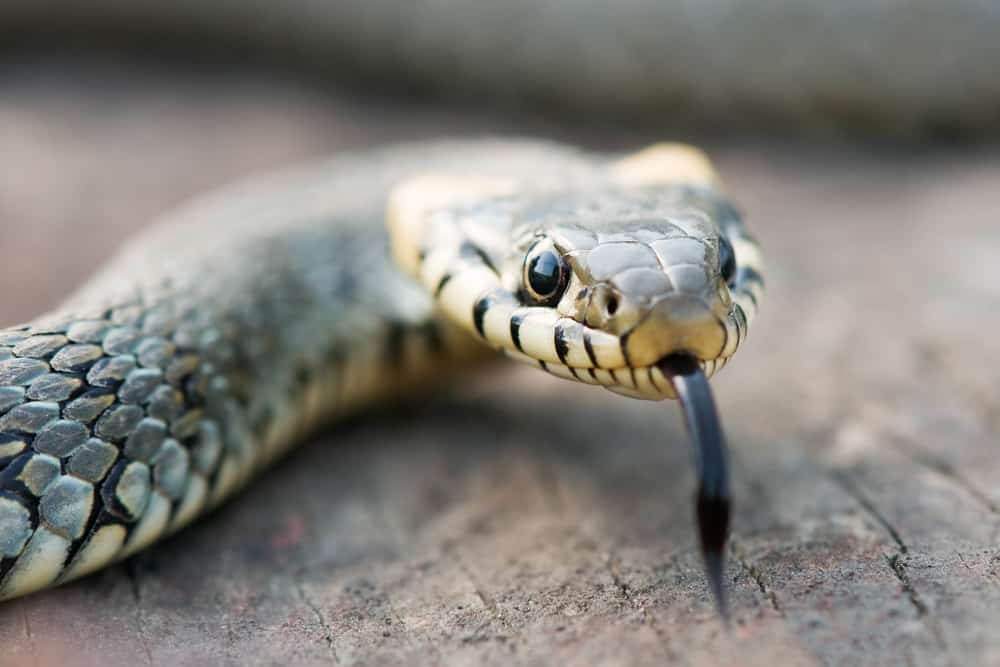
Have you ever wondered whether snakes have feet?
Maybe you’ve never seen a snake in real life, and you aren’t sure whether they have feet.
Maybe you got into an argument with a friend who is trying to convince you that snakes have feet.
If you aren’t sure what to believe, keep reading to learn everything you need to know about whether snakes have feet.
Do Snakes Have Feet?

No, snakes do not have feet.
However, some snakes have little spurs jutting out from the cloaca (somewhat like an anus).
These little spurs are remnants from the time when snakes still had legs and feet.
These spurs cannot be considered feet, though.
They are more of a biological memory of feet.
Snakes might not have feet but some snakes do have toes!
These are also a sort of evolutionary leftover.
Toes can only be found on certain snakes like boas and pythons.
They are located around a snake’s anal region.
Why Do Some Snakes Have Toes?

The reason why some snakes have toes and others don’t comes down to evolution.
Snakes evolved from lizards.
Lizards, of course, have feet and toes.
Evolution doesn’t happen overnight! It is a long process that involves gradual changes.
When snakes were evolving from lizards, some of them lost their legs and feet completely, while others had small nubs left behind.
What Is The Scientific Term For A Snake’s Toes?
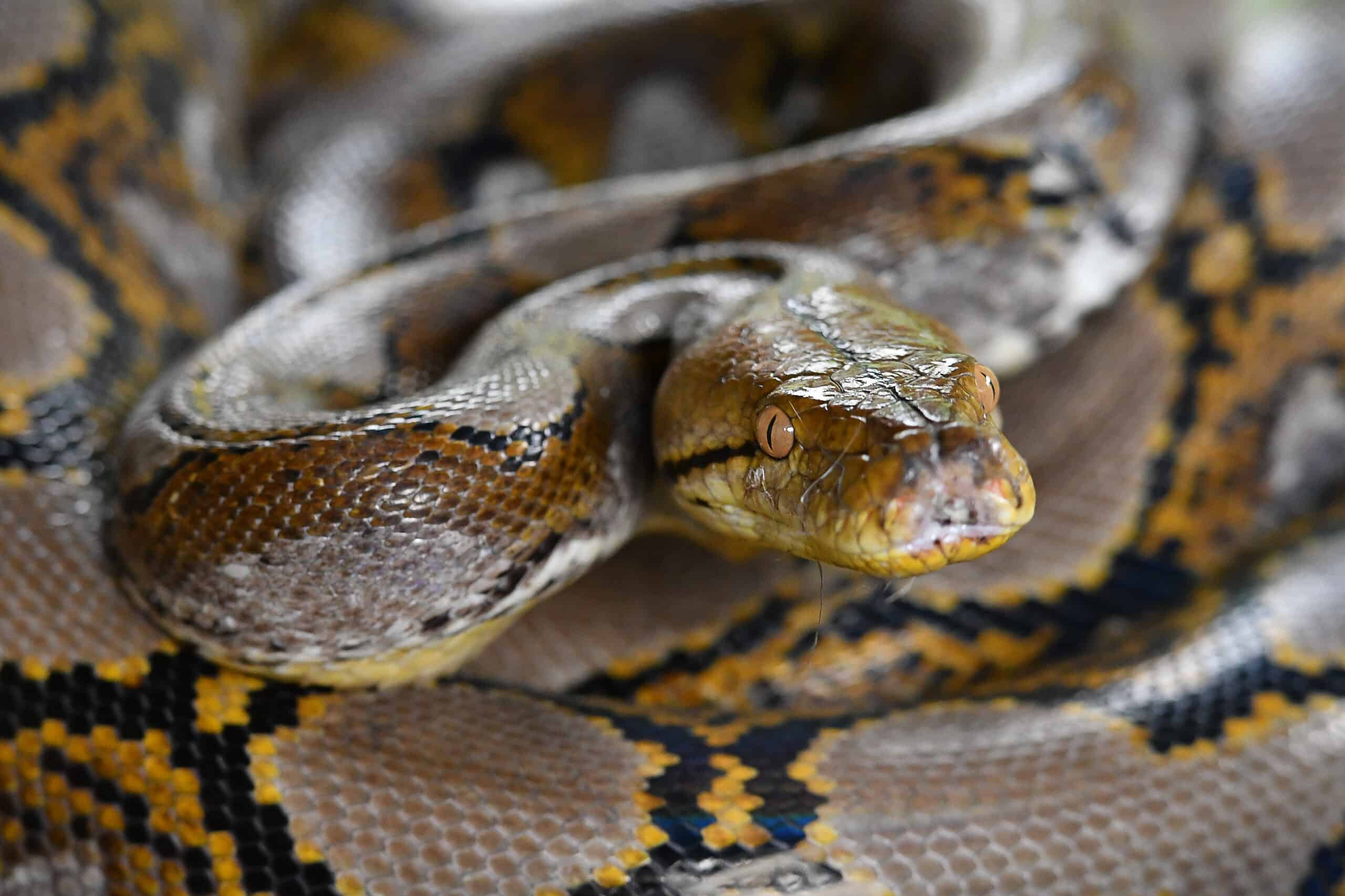
Though Cornell professor Dr. Howard Evans calls them toes, in reality, a snake’s toes can be more accurately referred to as vestigial legs or anal spurs.
They are leftover anatomy from when snakes were lizards.
How Do Snakes Use Their Toes?

Snake toes (or more accurately, anal spurs) can be used in mating.
Males typically have longer spurs than females, and they are often used to tickle the females to try and entice them to mate.
They also can use the spurs to clasp the female during mating.
Since these spurs differ between males and females, they can be used to identify the gender of a snake.
Male snakes can also use their spurs for combat.
It depends on the species, though.
One species that has been identified as using its toes for combat is the Madagascan boa.
How Do Snakes Fight With Their Toes?

It might sound strange to hear that snakes like the Madagascan boa use their anal spurs to fight.
However, when you start to understand how they engage in combat, it makes sense.
Madagascan boas fight by intertwining their tails.
They move up and down each other’s bodies, flexing their muscles and their vestigial spurs (a.k.a. toes).
Do Snakes Have Bones?

Yes, snakes do have bones!
This might be surprising because snakes are so flexible and have the ability to slither in a way humans cannot.
They still have a skeletal structure though.
Some snakes even have more bones than humans, but this depends on the species and size of the snake.
Why do snakes need so many bones?
It is actually what makes them able to move in such a flexible manner!
In fact, you can see the proof of their vestigial spurs on their skeletal system.
How Do Snakes Move Without Feet?
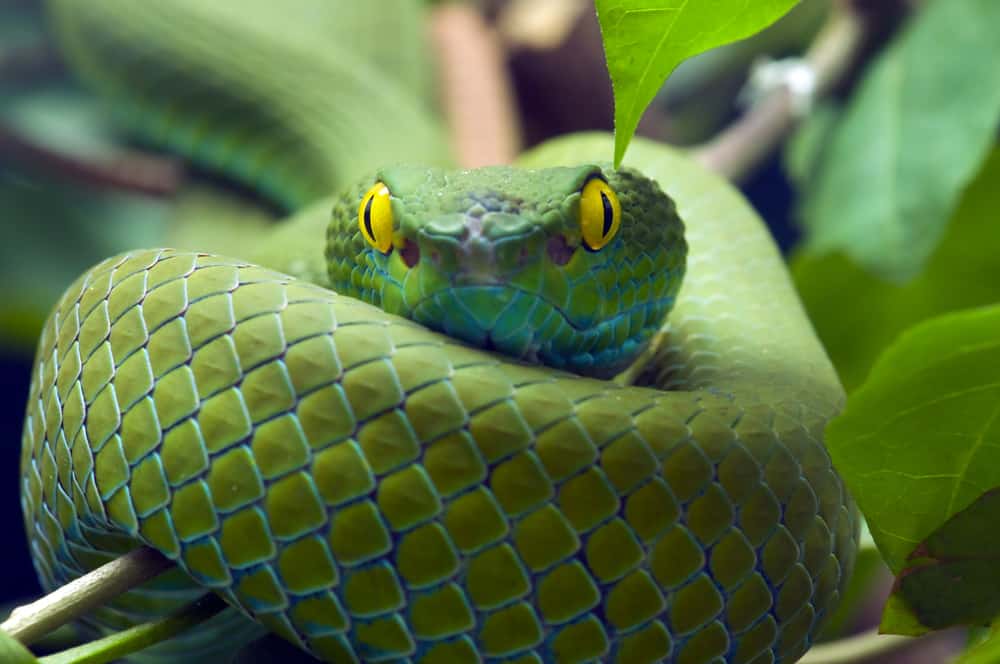
It can be hard to imagine how snakes can move without feet, arms, or legs.
The trick is in their muscles.
They push themselves in a slithering motion to propel across the ground.
How Do Snakes Climb Vertical Surfaces?
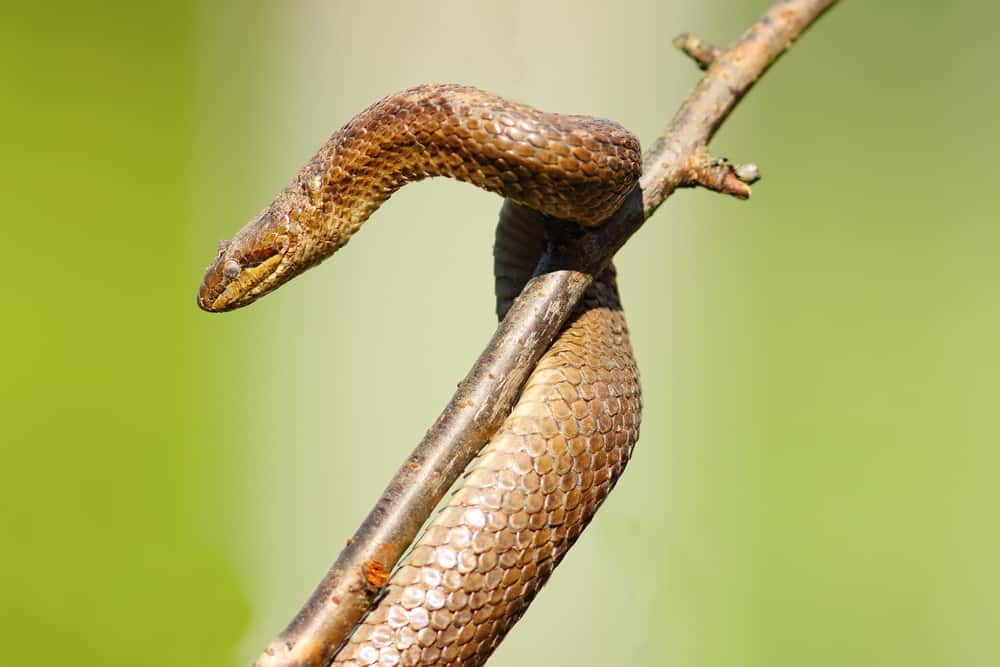
Have you ever seen a snake climbing a tree?
It’s actually more common than you may think!
The normal way a snake climbs a tree is by using its belly muscles to grip on to the bark.
They either move straight upwards or use a movement that scientists call “concertina locomotion.”
However, scientists recently discovered a new way that some snakes can crawl!
It seems that some snakes can form themselves into a lasso shape around a cylindrical object.
This is done by hooking their tail around their body.
Once the snake has formed a lasso around the object, it wiggles its body to propel itself upwards.
This can enable snakes to climb smooth surfaces that don’t have bark for them to grip.
How Do Snakes Move Across The Water?

Not having feet might be a good thing sometimes!
Have you ever seen a snake gliding across a surface of water and wondered how they were doing it?
Well, the trick is in surface tension.
Snakes use the same movement to move across water as they do to move across land.
Many snakes can use the surface tension of the water along with their movement to stay afloat in water.
Are All Snakes Good Swimmers?
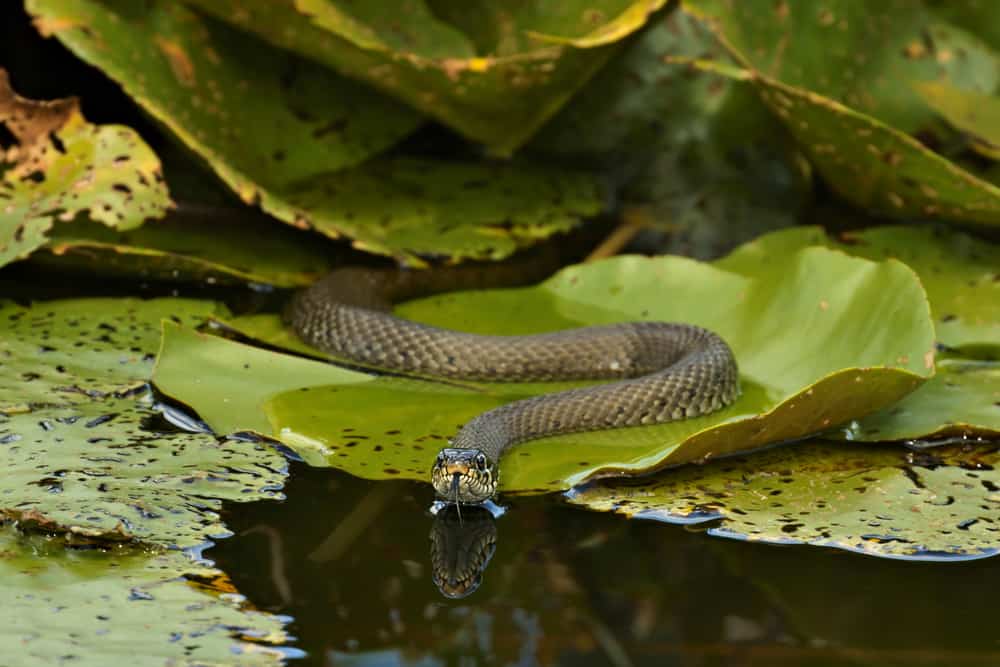
Not all snakes are equally good at swimming.
Some snakes are easily able to move and exist in the water.
These are what we call “water snakes.”
How do you know if a snake is going to be good at swimming?
Well, there are some signs!
For one thing, you might notice that their bodies are a little bit flatter.
They might even look a bit like a paddle.
Snakes that have evolved to live near or on the water usually have this feature because it helps them move across the water with ease.
Can Snakes Breathe Underwater?
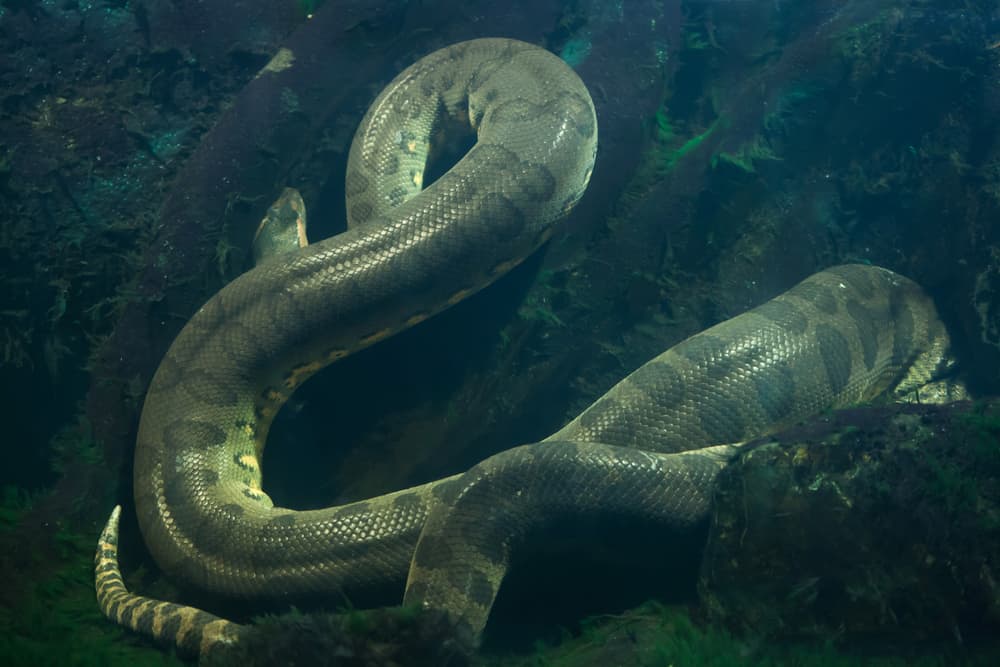
Snakes can be great swimmers, but can they breathe underwater?
The short answer is no—snakes don’t have gills.
Unlike fish, they cannot take in oxygen from the water.
They still need to access the air to breathe.
However, snakes can hold their breath for a very long time.
This helps sea snakes hunt underwater for an extended period.
Sea snakes typically spend five to 30 minutes hunting underwater.
Some sea snakes can even submerge themselves for up to two hours.
Do Snakes Need Exercise?

Snakes don’t have feet, but do they need exercise?
Well, the truth is that many pet snakes are okay living their lives in enclosures.
Certain snakes can benefit from time spent outside their cage, but it’s not necessary for all snakes.
No matter what type of snake you have, though, you’ll want to make sure it has enough space to move around in its enclosure.
You should also include something they can climb or play with, like a piece of driftwood.
Certain breeds of snakes give birth to live babies.
If you are planning on breeding your snake and it’s a breed that will give birth to live young, you’ll want to make sure she gets enough exercise.
This is because the process of giving birth requires muscular strength.
These are some of the snake breeds that birth live babies:
- Anacondas
- Boa Constrictors
- Rainbow Boas
- Sand Boas
- Tree Boas
Do Snakes Have A Stomach?
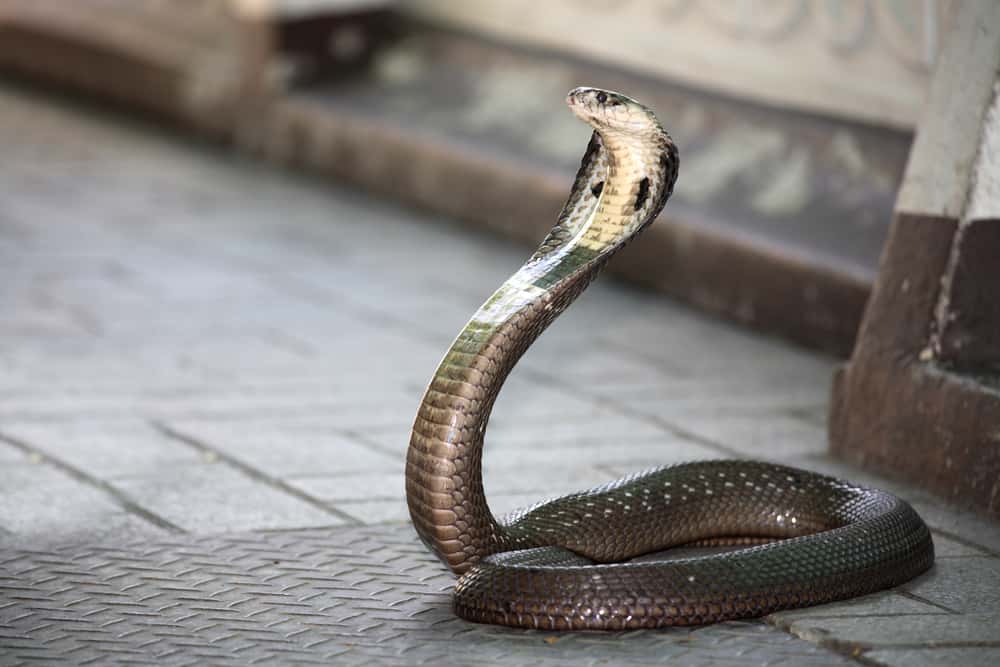
Yes, snakes have a stomach.
They eat food and digest it in their stomach.
Like a human, a snake only has one stomach.
Do Snakes Have A Neck?
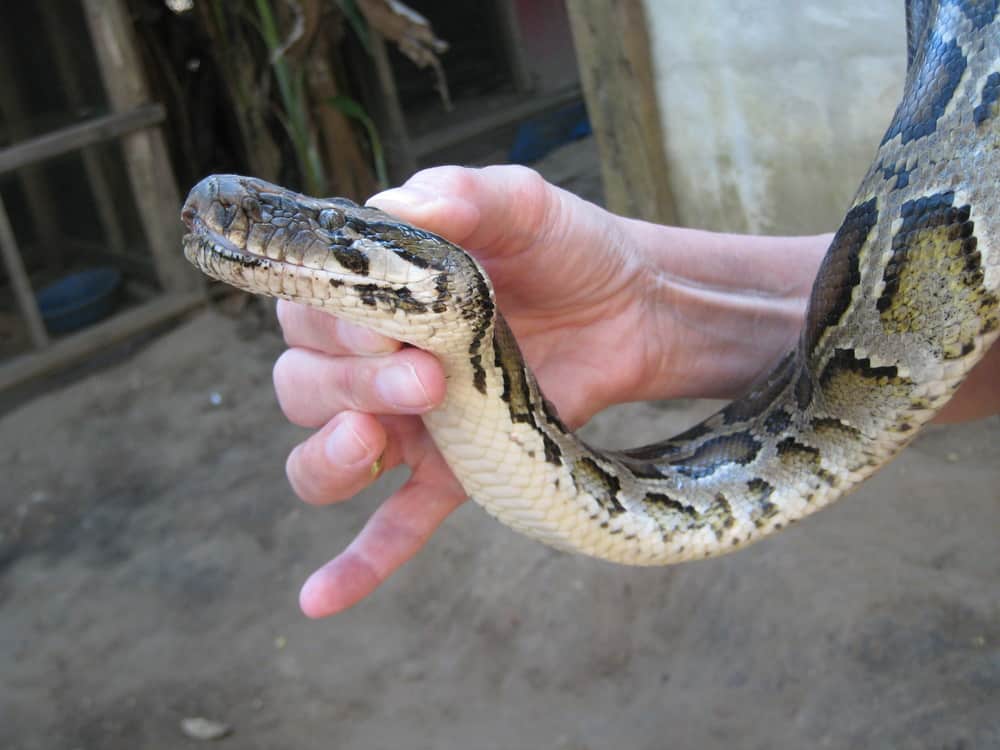
Yes, snakes do have a neck.
It might look like snakes are just all one body part because of their shape.
They look very different from humans, so it can be hard to tell which body parts they have and don’t have.
They are missing feet, legs, and hands, which can lead you to wonder if they are missing a neck too.
Even though it might be hard for you to identify unless you know snake anatomy, all snakes do have necks!
The head, neck, body, and tail all are connected in a way that makes snakes look like they have only one long body part.
However, if you were looking at the skeleton of a snake, you would be able to identify the differences more easily between these body parts.
Do Snakes Have Eyes?
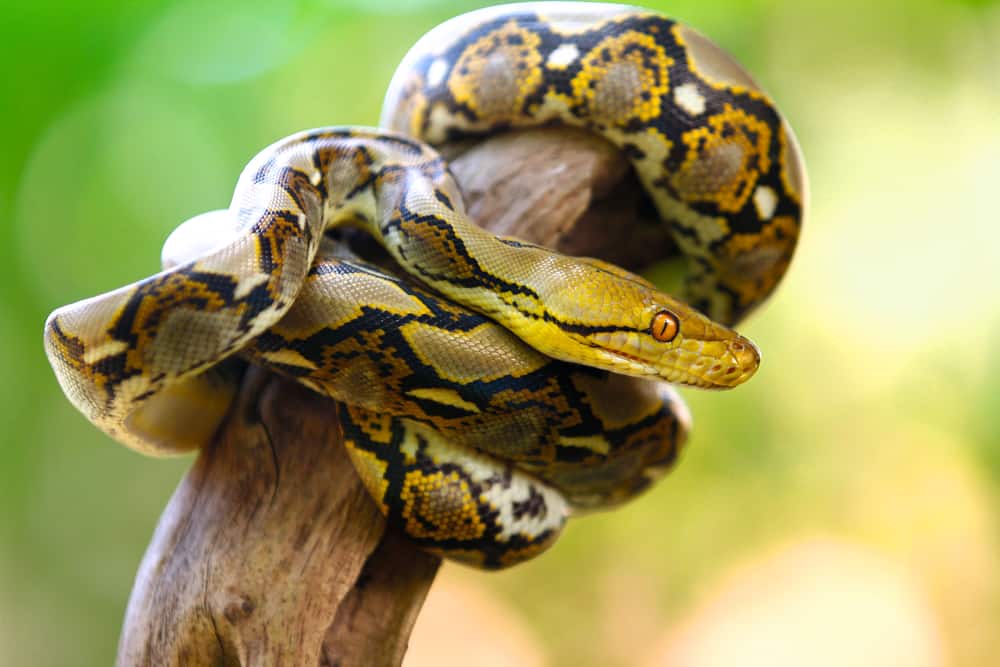
Yes, snakes have eyes.
Though some snakes are blind, most snakes have eyes that they use regularly.
Snake eyes can be quite different depending on the type of snake.
Snakes that hunt during the day have lenses that block UV light which allows them to see in bright conditions.
On the other hand, snakes that hunt at night have eyes that let more UV light in, which helps them to see in the dark.
The reason why snakes can be so different from each other is that each type of snake has evolved to match its particular lifestyle.
Do Snakes Make Good Pets?

You might be surprised to learn that snakes can make excellent pets!
Depending on the type of snake, they can actually be very safe to have as pets.
They are also relatively low maintenance.
If you are interested in getting a pet snake for yourself after learning so much about them, here are some things you should consider:
Benefits Of Keeping A Snake As A Pet

1. They Require Minimal Exercise
As we mentioned earlier, snakes don’t need a lot of exercise to stay healthy!
As long as you get them a big enough enclosure with accessories they can climb on, they will stay healthy.
Remember, though, to monitor their diet.
Since they don’t get as much exercise in confinement as they do in the wild, you’ll want to make sure you aren’t overfeeding them.
Snakes can suffer from obesity just like any animal!
When you compare a snake to other common pets like dogs, you can see how their not needing exercise would be a huge time-saver.
After all, you typically must walk dogs once or twice a day, every day.
That is hours per week that you can get back by having a snake instead!
2. They Are Self-Groomers
Snakes are self-groomers, which is another aspect that makes them low-maintenance pets when compared to other animals.
Snakes don’t need to be bathed, to be brushed, or get haircuts.
They shed their skin regularly, and all you have to do is remove it from their enclosure to keep things clean!
3. Snakes Are Comfortable Being Handled
A snake isn’t going to be as cuddly as a puppy.
However, if you start handling them at a relatively young age, chances are they will be very comfortable with being handled.
This means that you will be able to play with them!
Some other pets that live in enclosures do not enjoy being handled.
It’s common to be bitten by a guinea pig or a rabbit.
So, while snakes might not be quite as friendly as dogs, they are still pretty friendly!
4. They Don’t Take Up A Lot of Space
Pets like dogs usually need a lot of room.
A snake is the kind of pet that you can keep even if you are in a tiny apartment.
This can be a huge deal for people who live in small apartments in a big city!
Downsides Of Keeping A Snake
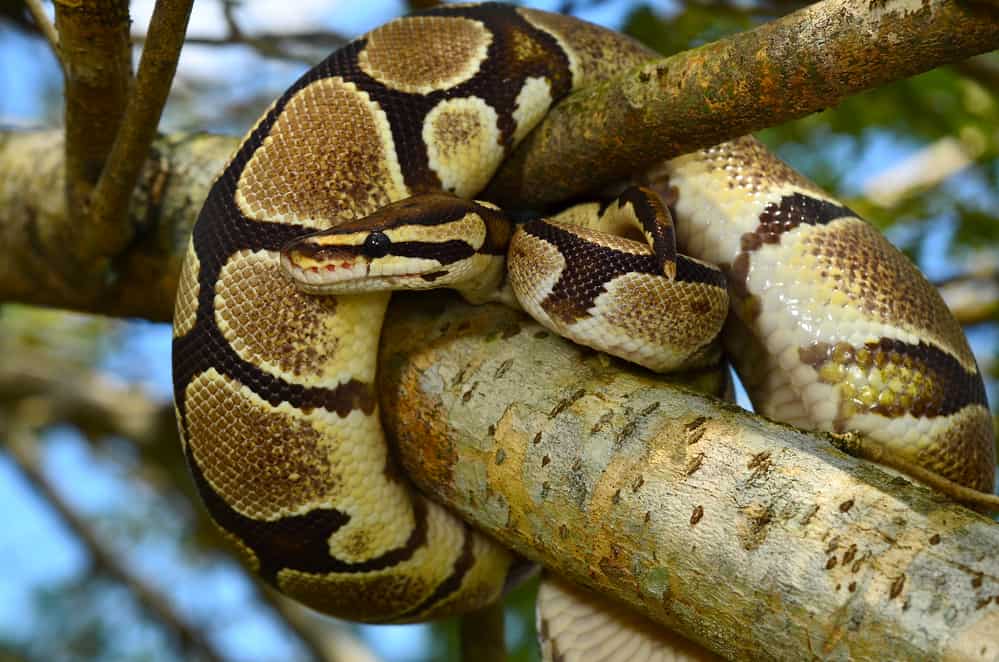
1. Not Everyone Loves Them
Let’s face it, snakes are not the most popular animals.
Maybe you are reading this article because you want to learn more about snakes, but you probably also have people in your life who are not big fans of snakes.
Some people find them creepy or scary.
Even if you have a very friendly pet snake, some people will be scared of them no matter how much you assure them that the snake isn’t dangerous.
If you walk around a park with a puppy, chances are you are going to make a lot of new friends who want to pet your dog!
However, if you walk around with a snake around your shoulders, it might have the opposite effect.
If you really love snakes, you probably shouldn’t let this deter you.
While it might be off-putting to many people, other snake lovers will identify with you!
Besides, it’s important to spend time with people who like the same things as you.
2. They Need A Certain Diet
Snakes usually eat meat, and typically it is best-served whole and live.
That can mean feeding bugs or even mice to bigger snakes.
This can be gross and traumatizing to some people.
If you love mice and don’t want to feed live ones to your snake, this might not be the best pet for you.
Even though there are a lot of aspects of owning a snake that makes them pretty low maintenance, acquiring their food can be a hassle.
You can find food for a dog or cat at almost any grocery store.
You might have to go to a specialty pet store to get live food for a snake.
3. Each Kind Is Very Different
Unlike with dogs, the type of care that is required can vary quite a bit depending on the type of snake you own.
Snakes need different environments and diets depending on their type.
Certain types of snakes are also susceptible to different health problems.
If you are going to own a pet snake, you will need to become somewhat of an expert in the type of snake you have selected.
It will take a lot of research on the front end.
However, after you learn how to take care of your snake, it will be a relative breeze going forward.
